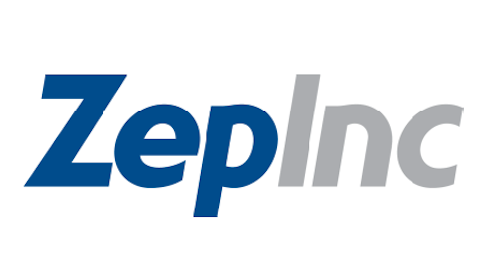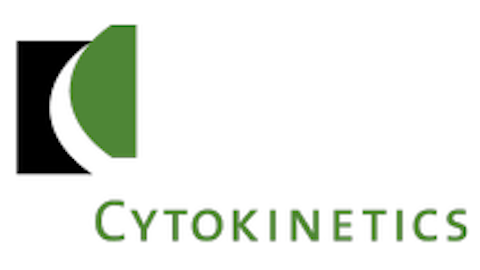Following is the transcript of the Mistras Group Inc (NYSE:MG) second quarter fiscal year 2015 earnings call made on Thursday, January 8, 2015, 9:00 AM ET. The company reported financial results for its second quarter and first six months of fiscal year 2015, which ended November 30, 2014.

Mistras Group Inc (NYSE:MG) offers one-source services to its customer for asset protection solutions. It is a leading global provider and combines industry-leading products and technologies to provide the customers with the ability to extend the useful life of their assets and improve productivity and profitability. The company has 5,000 employees in over 100 offices worldwide, serving a global customer base of companies in diverse industries.
Company Representatives:
Sotirios J. Vahaviolos – Chairman, President, and Chief Executive Officer (CEO), MISTRAS Group, Inc.
Jonathan H. Wolk – Executive Vice President (EVP), Chief Financial Officer (CFO), and Treasurer, MISTRAS Group, Inc.
Analysts:
Matt Duncan – Stephens Inc.
Andrew Obin – Bank of America Merrill Lynch
Andrew Wittmann – Robert W. Baird & Co.
Tahira Afzal – KeyBanc Capital Markets, Inc.
Operator
Good day, ladies and gentlemen, and welcome to the MISTRAS Group Second Quarter Fiscal Year 2015 Earnings Conference Call. At this time, all participants are in a listen-only mode. (Operator Instructions) As a reminder, this conference is being recorded.
I will now turn the call over to your host, Sotirios Vahaviolos. Please go ahead.
Sotirios J. Vahaviolos, Chairman, President, and CEO, MISTRAS Group, Inc.
Stephanie, thank you very much. Good morning to all and a Happy New Year. In today’s call, we will review MISTRAS Group’s financial results for the second quarter of fiscal year 2015 that ended November 30, 2014 and discuss our prospects going forward.
I am very pleased with our second quarter. MISTRAS achieved record quarterly performance in several important categories. We achieved more than $10 million of net income. We earned $0.35 of earnings per diluted share. We earned more than $28 million of adjusted EBITDA and we earned total revenue growth of 32% over prior year, 14% of that organic for a record quarter of $207 million.
This record performance was driven by our services business, which experienced year-on-year operating income growth of nearly 40% and revenue growth of nearly 48%. Services revenue growth was still close to a 50-50 split between organic revenue growth of 22% and acquisition growth of 26%. Our organic growth was driven by healthy fall turnaround season, project work for a handful of large customers and the year-over-year impact of last year’s Alaska contract, which recently achieved its one-year anniversary.
Our recent acquisition, NACHER Corporation, has outperformed our initial expectations, and helped to drive our revenue growth from acquisitions into the mid 20% from the mid-teens in the first quarter. Now, The NACHER is an integrated part of our team. We are even more excited about our offshore business growth prospects and the demand for NACHER’s high pressure water blasting andnew and complementary entity inspection services.Our Canadian oil sands region start-up initiative remains positive even if progress has continued to be slower than we would like. As previously mentioned, we remain confident that our maintenance-dependent Canadian business will pick up in the second half of the fiscal year. We have been asked by many people about the volatility of energy prices and the expected impact, if any, upon our market and our company.
In our oil and gas segment, MISTRAS’s main business is on the downstream refinery operation side with the major integrated and independent energy companies. Here, we have reoccurring the revenue growth contracts in place to provide regular maintenance inspection services enabling safe and reliable production. With a drop in crude oil prices, refinery operations are leveraging advantaged switchback and running their units at higher utilization rates in order to leverage improved crack spreads.





